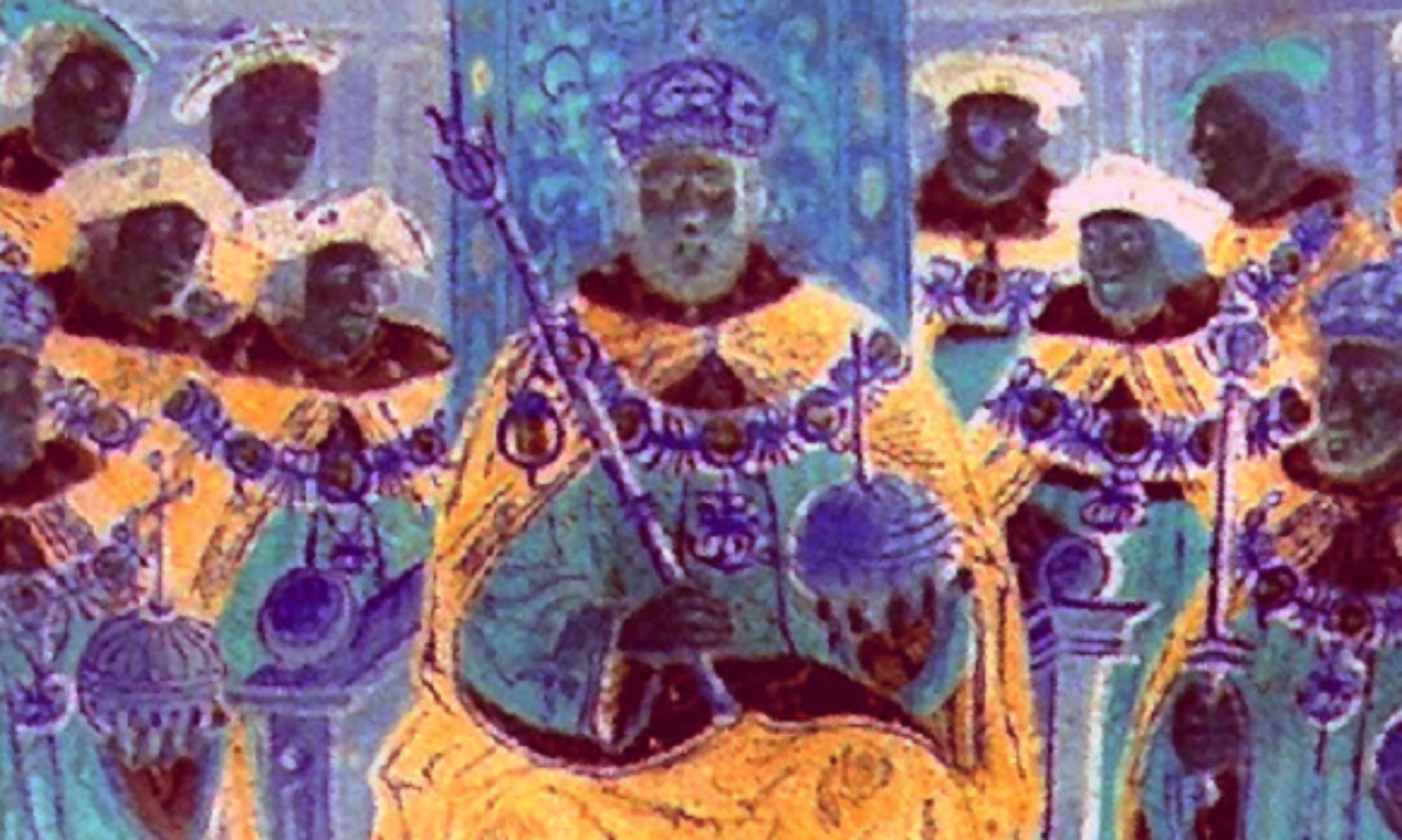When standard sources like birth, marriage, and death certificates run dry, exploring lesser-known records can provide the critical clues needed to advance your family research. Here are some effective but often overlooked resources:
1. Image-Only and Unindexed Collections
- Many valuable records are available only as scanned images and not indexed for easy searching. Manually browsing these collections-such as land deeds, church registers, or census images-can reveal information not found elsewhere.
2. Local Societies and Libraries
- Local genealogical and historical societies, as well as small-town libraries, often hold unique records unavailable online. These may include unpublished manuscripts, local histories, and community archives.
3. Church Newsletters and Records
- Beyond standard parish registers, church newsletters, bulletins, and membership lists can provide information about families, events, and migrations that may not be documented in official records.
4. Mortality Schedules and Funeral Home Records
- Mortality schedules (special census lists of those who died in the previous year) and funeral home records can supply death dates, causes, and family relationships, especially when civil death records are missing.
5. Military Cemetery and Pension Records
- Military cemetery records, pension files, and related documents often contain personal details, next of kin, and service histories that can link generations or reveal maiden names.
6. Newspaper Probate and Legal Notices
- Probate notices, estate sales, and legal announcements in historical newspapers can provide names of heirs, relationships, and property details not found in probate court files.
7. Prison and Orphanage Records
- If an ancestor was institutionalized or orphaned, prison and orphanage records may include biographical details, family contacts, and reasons for institutionalization.
8. Home Sources
- Family Bibles, letters, diaries, and personal papers sometimes contain unique details such as maiden names, places of origin, or migration stories that are not recorded elsewhere.
9. Collateral and FAN Research
- Investigate records of siblings, cousins, neighbours, and associates (the “FAN club”: Friends, Associates, Neighbours). Their documents may mention your ancestor or provide indirect evidence of relationships.
10. Specialized International Databases
- For ancestors who immigrated, try country-specific databases and archives, such as parish records, emigration lists, or local censuses in the country of origin. Sometimes, the key detail is found in a record kept abroad.
Summary Table: Lesser-Known Record Types
| Record Type | Potential Clues Provided |
|---|---|
| Image-only/unindexed collections | Names, relationships, property details |
| Local societies/libraries | Unique manuscripts, local records, unpublished histories |
| Church newsletters/records | Family events, migrations, community ties |
| Mortality/funeral home records | Death dates, causes, family relationships |
| Military cemetery/pension files | Service details, next of kin, maiden names |
| Newspaper probate/legal notices | Heirs, estate details, relationships |
| Prison/orphanage records | Biographical and family information |
| Home sources (Bibles, letters) | Names, dates, places, family stories |
| Collateral/FAN research | Indirect evidence, links to elusive ancestors |
| International databases | Place of origin, emigration details |
Exploring these lesser-known resources often provides the breakthrough needed to overcome stubborn genealogical brick walls.
